I’m not a Farmer, but… YouTuber & Celebrity Towman Talks about his foundation growing up in agriculture and the connections he makes now getting people out of trouble
Author
Published
9/14/2023
Utah Farm & Fork caught up with Matt Wetzel of Hurricane, Utah to talk about his childhood growing up on a small family farm, his love of fixing things, and how he became the most unlikely of YouTube influencers. You may know him by his business and YouTube name – Matt’s Offroad Recovery (MOR) – which has more than 1.5 million subscribers. His channel also has 900,000+ followers on Facebook and 190,000 followers on Instagram, where he shares the harrowing adventures of rescuing people and vehicles from mishaps in southern Utah.
Where were you born? Tell us about your family and your childhood.
I grew up in Southern Utah, in Washington County. It was myself and seven sisters and our parents. In my family now, my wife (Jaymie) and I have four boys.
Did you grow up on a farm or have a family garden? Or work with farm animals or pets growing up?
My family primarily did custom harvesting all over southern Utah and to as far north as Holden. In my Dad’s Massey Ferguson 750, we harvested a lot of barley back then, but we also did milo and oats and even a little wheat and rye.
We also grew a lot of dryland watermelons near Coal Pits Mesa and the Canaan Gap. It seems to fly in the face of conventional wisdom, but they were amazing. They were the best on the planet. It’s ruined me because I can’t get a good one now.
I had fond memories of it and I learned a lot, but it was an awful amount of work. But as a kid, we ate really well. Some watermelons didn’t look as nice, so we could have as many of those as we could eat. It was amazing!
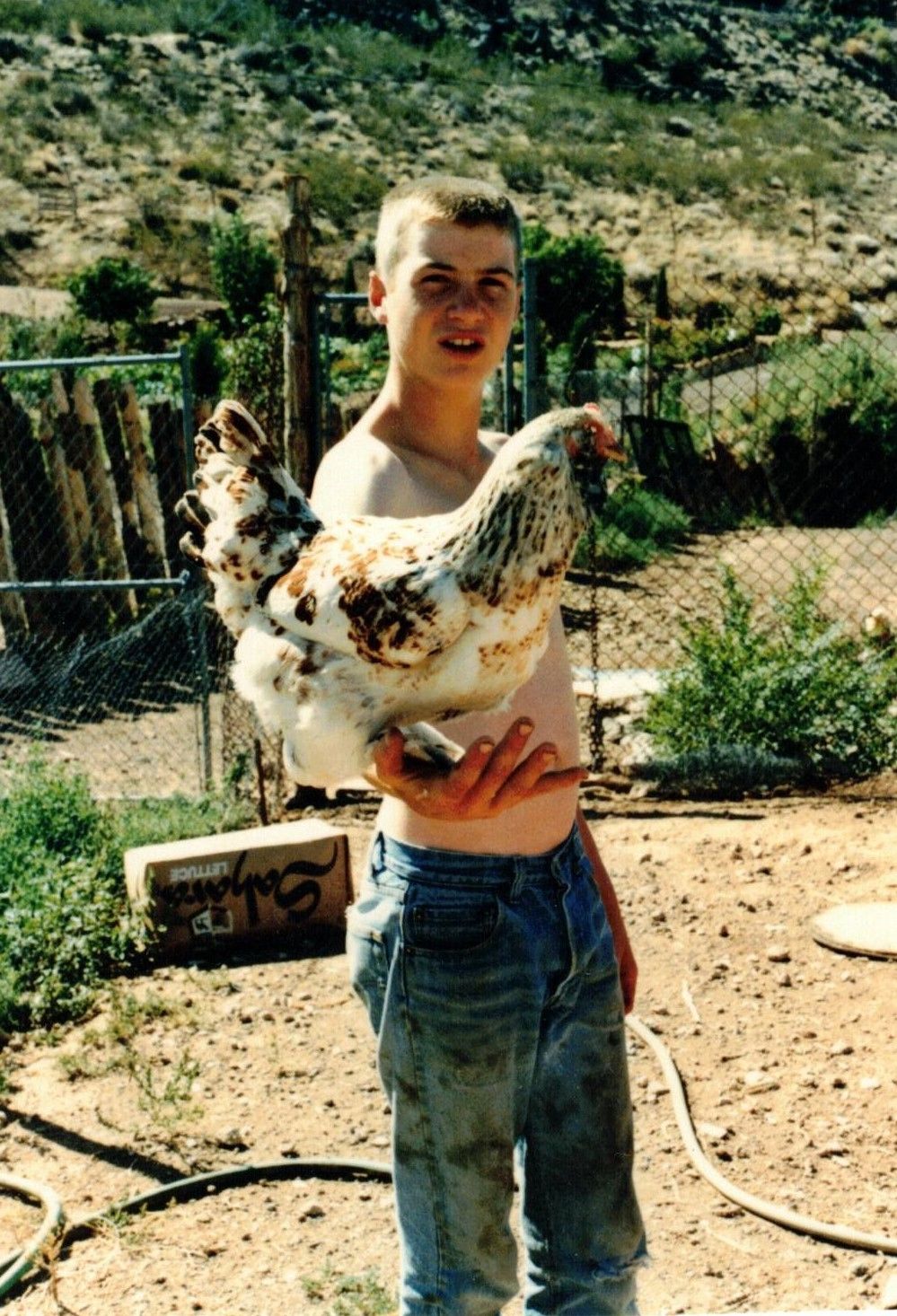
Tell me about some memories/experiences that stand out from working on your farm. Do you or your family have a garden now?
This isn’t a criticism at all, but I watched what we did and saw how hard it can be to make a living. Our food is incredibly inexpensive when you compare it with all the work that goes into it. You have to specialize or have value-added products. The experience helped shape me into who I am and I’m proud of that.
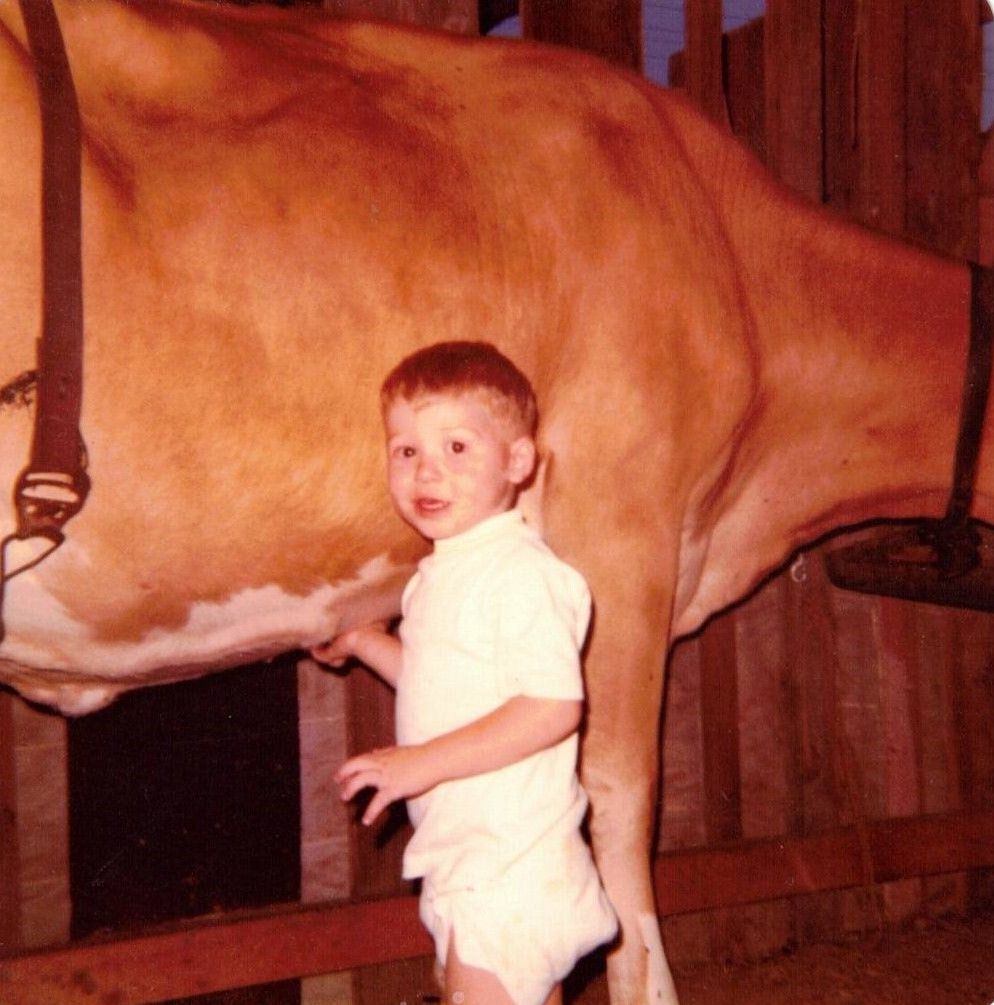
I was always more interested in the mechanic side of things though. We had plenty of things to work on, and I loved doing it. We had to be able to do the work ourselves on our equipment. Anyone that works around old farm equipment will learn how to weld and the other repairs to get you through the end of the season. My job was to keep the machinery running. We had an old Farmall A tractor and an old diesel Minneapolis Moline. We’d fix up the old equipment and make it work.
I liked the engineering side of things and found that I liked working on the tractor more than I did working in the tractor. But it’s all good work.
Was being involved in mechanics something you wanted to do when you were a child? How did you get involved in your current industry?
I toyed with the idea of becoming a plumber when I was living in Henrieville, but I moved to Hurricane because the dating pool was bigger there! I worked for Stout Roofing for several years and got to be the emergency mechanic and problem solver. I later started my own roofing company, but his heart wasn’t in it.
I heard of a towing company for sale, and I bought it and started Red Rider Towing. I tried promoting the company through social media because they weren’t a well-established towing company. I really enjoyed what I was doing and applied branding lessons from what I learned from the demolition derby. I painted all of my trucks the same color so I could build a recognizable connection with fans. You could take a 5th place finish and still have fans and people care.
It didn’t take me long to know that if I posted a nice picture, no one cared. But if I showed pics of vehicles buried in sand, people loved it. People wanted to know more about how I got vehicles out or they doubted that I could get them out.
That’s where I learned that you’ve got to tell the story engagingly, then you’ve got to capture it on camera so that it supports the story. It took about 2.5 years from thinking ‘I should have a Youtube channel’, until I put my first video out.
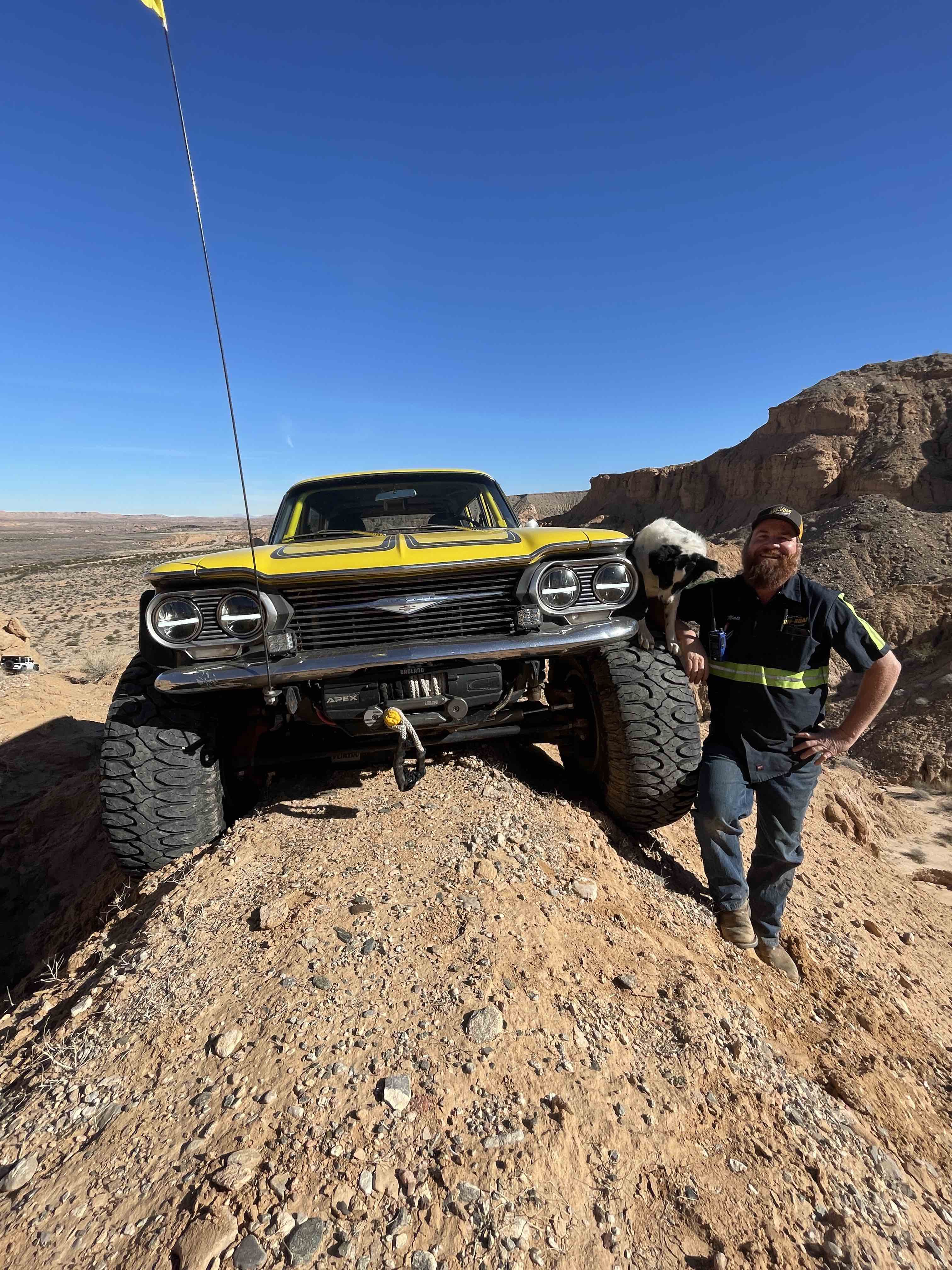
There’s an astronomical number of hours of content uploaded to YouTube every day, but most of it is garbage and doesn’t go anywhere. It’s not a trick or formula you crack, it’s knowing how you like to engage with content, and then engaging with people that way.
Tell us about how you got your business going on YouTube.
I did a lot of research on YouTube for channels that were going strong that were some of the original YouTubers, and some that were dead after a year or two. I learned the right and wrong way to do things before I put a lot of effort into it.
I've practiced hundreds of hours filming myself, watching my nervous ticks, and training myself not to do them. It's ok to be on YouTube and not be professional. You can be vulnerable, but you don’t want to do it the whole time.”
There are just sure signs you are absolutely not comfortable being on YouTube, and I would say that one of the biggest keys to YouTube is you have to be confident. Not arrogant or cocky, but confident enough that you can be vulnerable and not worry about knowing everything on a topic.
I wanted to launch my channel and have enough videos that people could consume if they liked it. I think I put out five or six videos or maybe something, but I didn't know how to edit at this point. So, I taught myself how to edit and everything was done on my iPhone. I was filming editing, and completely uploading and running the entire YouTube channel off an iPhone 7. I ended up crashing that phone and lost a bunch of footage, and that’s when I realized I was going to have to bring somebody in to help me. Currently, we have about 25 people that work with us, either full-time, part-time, or contractors.
Is your channel mostly for off-road enthusiasts?
Early on, most of what I was filming primarily from off-road recoveries are rental car people that are up here. They're coming to see Zion [National Park] and they're not familiar with the area. There is free camping everywhere, but there’s no warning sign that says if it rains, you are never going to get out of here, or if you pull onto the sand, you’re done.
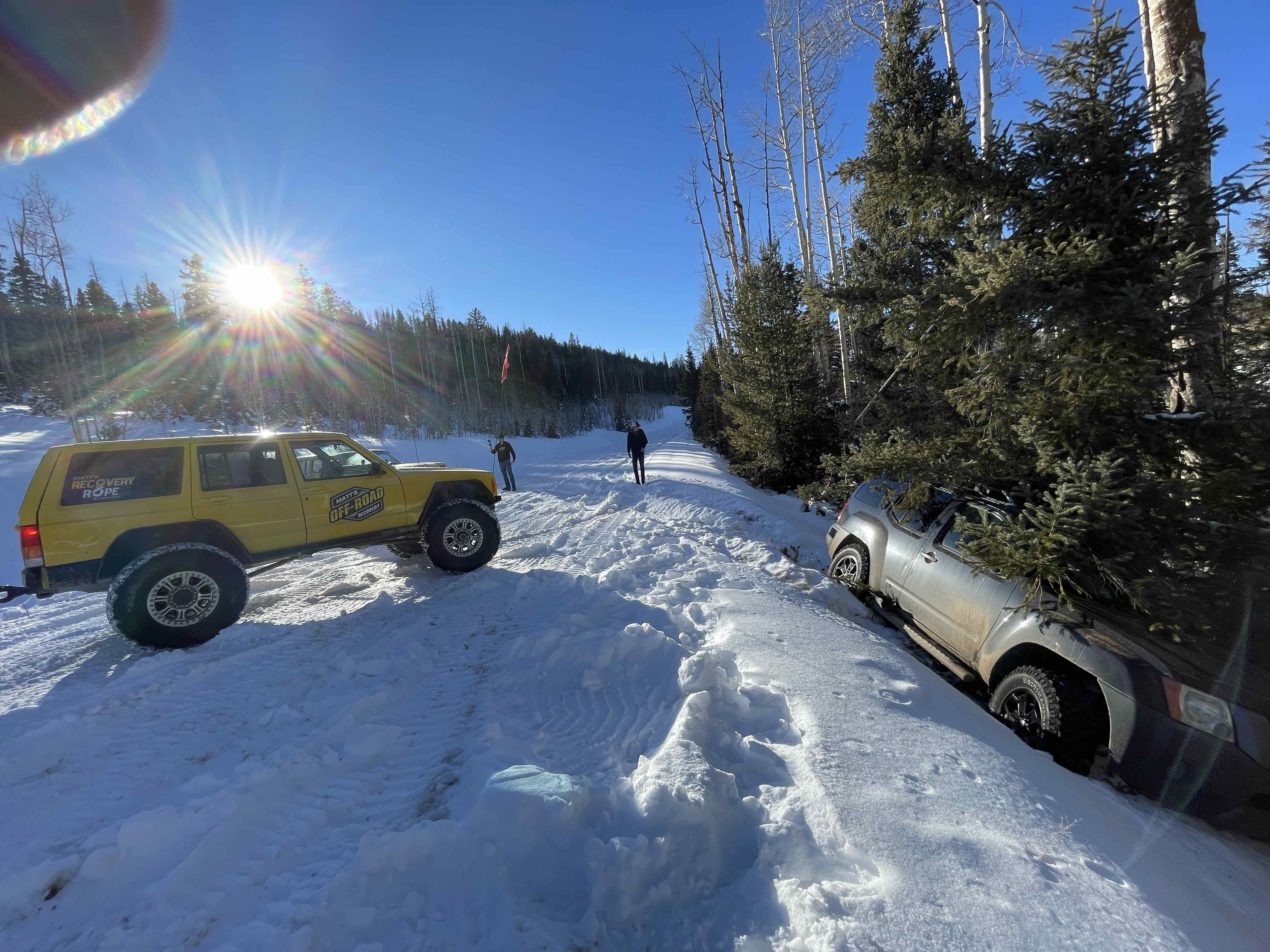
I was filming those jobs adequately, but not expertly. And I was editing them adequately, but wasn't focusing enough on the story. I realized fairly early on that it wasn't the off-road crowd that was my audience – they had nothing to do with off-road and didn’t care about towing, but they would just tell me that for some reason, they loved my channel. So, I knew that I needed help focusing on that – the story. These people want to engage with me on a more personal level than they do on a professional level or technical level.
We have a viewership of about 6 million people. We've got 1.4 million subscribers, but across our platforms about 6,000,000 viewership. I would say 2% of those people are off-road enthusiasts. So, we've reached out way, way outside of what the channel was conceived as. It wasn't even initially for offroad enthusiasts, it was for offroad recovery enthusiasts. Now, it's grandmas and grandpas, and some of them are just initially connecting because it's a channel that they can turn their kids or their grandkids onto and they don’t have to worry one bit about what we’re going to do or say. We might first be on because we're someone they trust and then they grow to like it.
What’s exciting about your current projects?
I get to think of what I want to build or create and tinker with, and then I build it in the shop here and film it. It’s got to be tied into the off-road recovery, but I thoroughly enjoy modifying the Jeep Cherokee to make it better, and then building a Corvair station wagon into a four-wheel drive rig which raised eyebrows across the world.
You know you can get something like a five-ton military truck and pull RVs out with no problem, but it won't go on one of those trails. But I get something like the Banana (a bright yellow 2001 Jeep Cherokee) or the Moorvair (a bright yellow 1961 Lakewood Wagon) that will do those tight technical trails like a dream. And then you put them out on the beach and took two of them together to try to pull the RV and you got to call a third Jeep and to help you do it. So, I am pushing myself to be able to build a vehicle like that. For me, that’s where that's at.
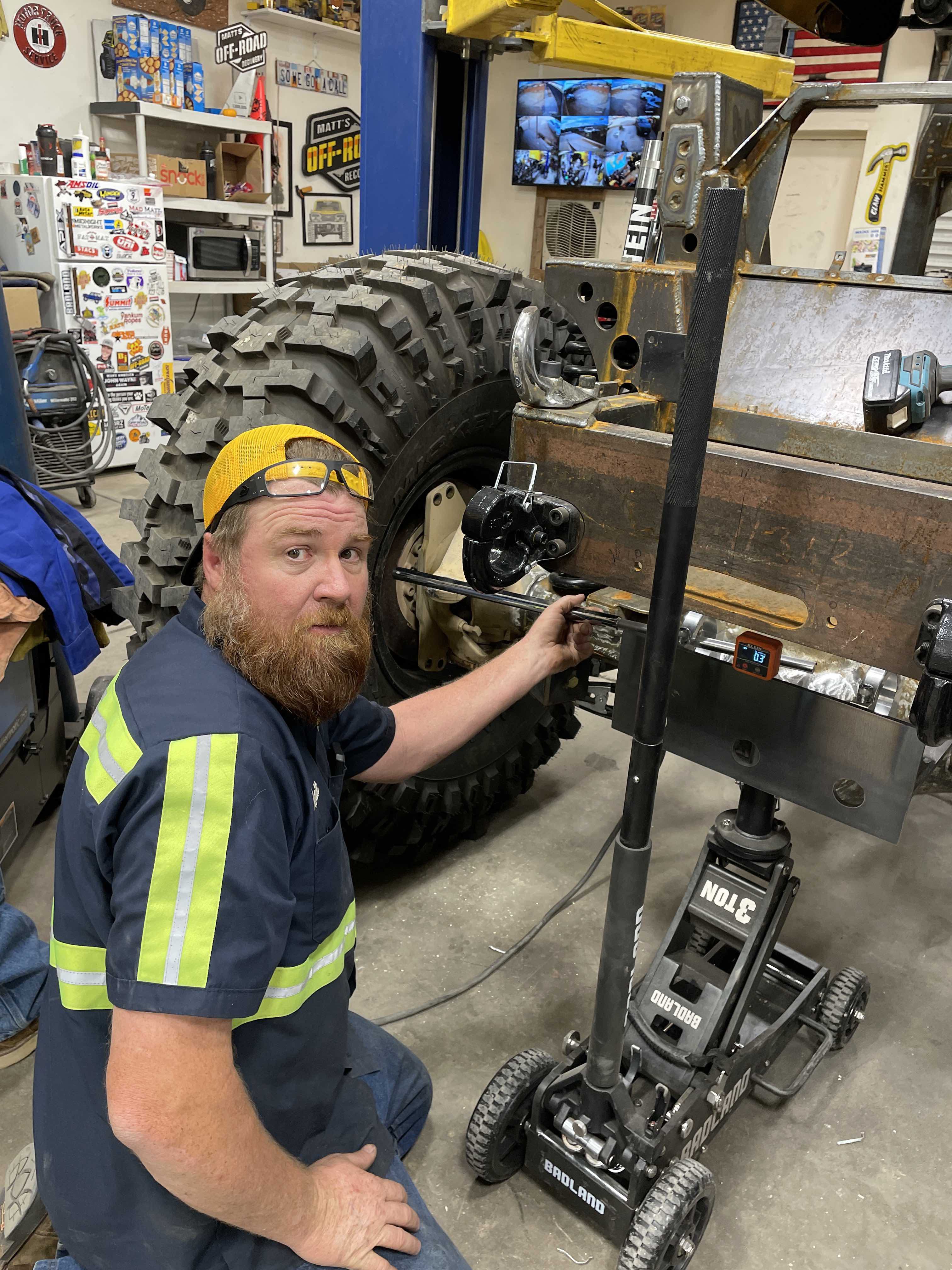
I'm curious to know about your own family and your connection to food. Do still love watermelons?
We have a son that watermelon is all he’ll eat. We also have egg-laying chickens, and we have a garden that we work at. We also have a few peach trees.
Is there a restaurant that is your favorite here in the southern part of the state you love?
In Hurricane, it’s probably Main Street Cafe. I also like Red Lobster or Texas Roadhouse.
In your own house, what would be a go-to food item that you make if you don't want anything fancy?
That’s going to be venison steak, potatoes, gravy, and corn. That's something that I'm never disappointed in. For our family, that’s everyone’s favorite meal. All homemade from scratch.
In your business, you’ve talked about the ability to create content that resonates with your audience. It seems like we see that with food as well. Why do you think people seem to be interested in food right now?
“That's interesting, and there's actually a little tie in there. I gave a little presentation at VidSummit (a conference for video creators, marketers, and brands involved in content creation) this last year. The main thrust of the talk was the ‘nacho moment’. This was a time when we were in Vail heading up to a job, and we went to a gas station, and Lizzy Ballard (an employee of MOR and a Washington County Farm Bureau member) got nachos and we just talked about it for only 7-12 seconds, and there was a spike there and then audience retention went up after that. That’s rare. Retention usually drops on YouTube videos as the video goes longer.
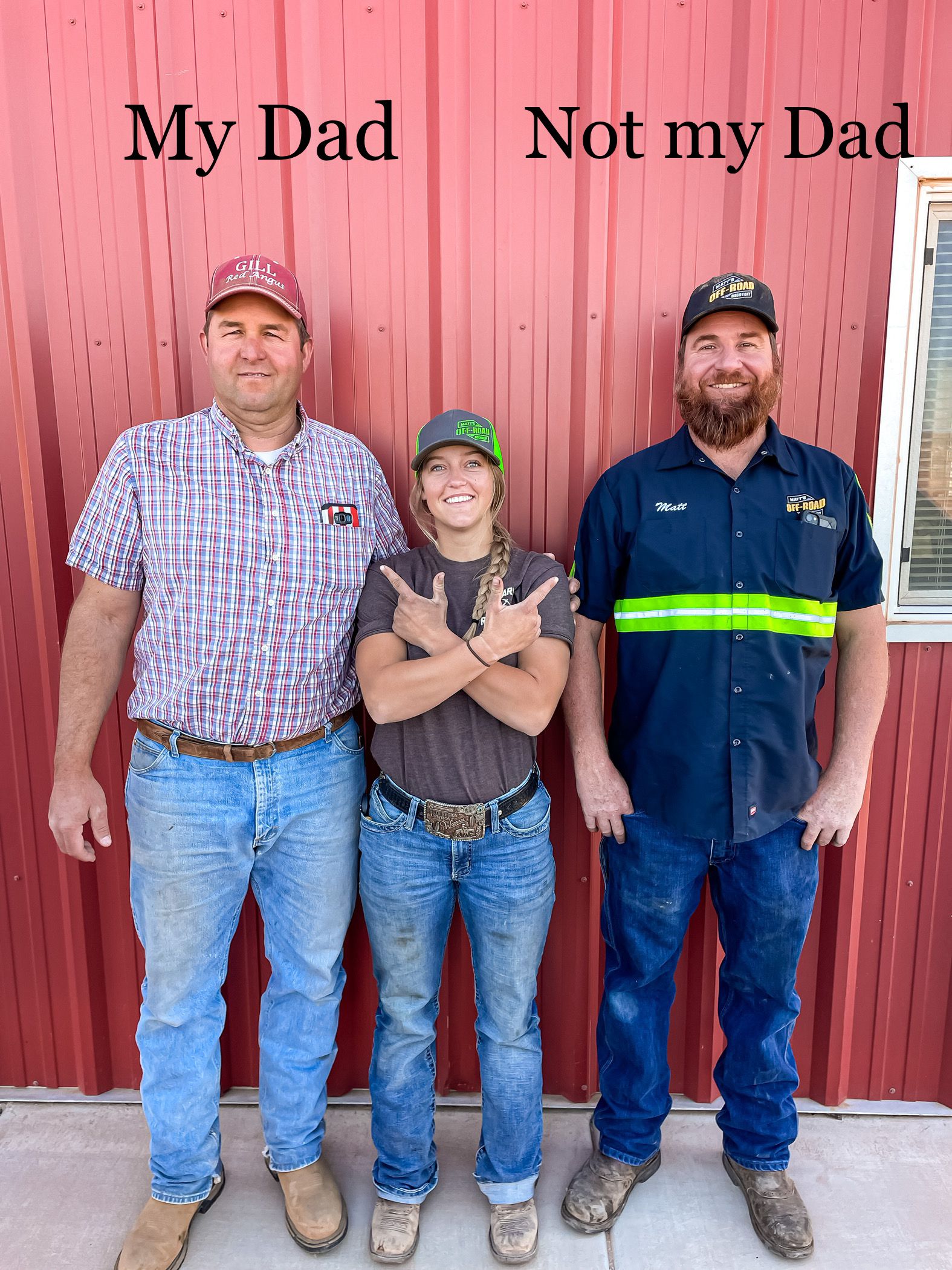
Days after we launched the video, retention on that video was still 82%, which is nuts. To put that in perspective, YouTubers start getting excited with retention around 46%. And why was that? Why did it go up to 82? We started reading the comments, and it was all about this basic connection people could have with Lizzy liking nachos because the audience themselves liked nachos and go to gas stations for food too. We would get all this feedback from people about how Lizzy didn't get enough cheese on the nachos, or she should put jalapenos on the nachos, or whatever. So, food is something that brings people together. Even if you just show it in a YouTube video, it brings people in. It gives people something to connect to. It makes us way more relatable because there's a really good chance that everybody that watched that video has stopped and got something at a gas station within the last 24 hours.
More information can be found at mattsoffroadrecovery.com or by following their YouTube channel, @MattsOffRoadRecovery.
Want more news on this topic? Farm Bureau members may subscribe for a free email news service, featuring the farm and rural topics that interest them most!
